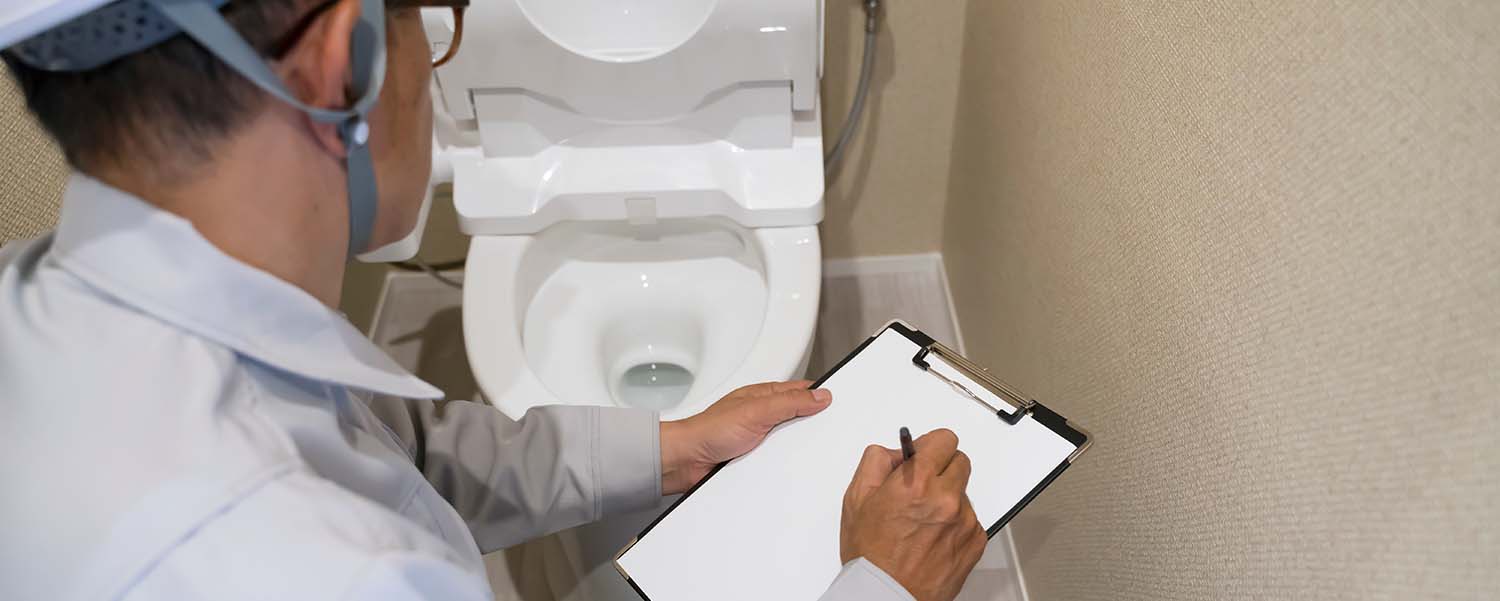Verification and Validation

In recent articles, I have discussed the need to conduct an assessment of your cleaning operations to figure out where they stand compared to best practices, where improvements might be made, and areas to consider ensuring surfaces are properly cleaned and disinfected. Here, I want to examine the difference between verification and validation and why both are essential to improving your cleaning results.
Many people consider verification and validation to be interchangeable terms. Indeed, most dictionaries list them as synonyms, agreeing with Merriam-Webster’s distinction in which “validate usually implies establishing validity by authoritative affirmation or by factual proof.”
However, in a business sense, the two are not the same. Verification is testing that your product meets the specifications you have said it will. In our context, “product” stands for the overall cleaning operation. This includes the products, equipment, people, procedures—everything that goes into keeping a facility clean, safe, and healthy. Verification answers the question, “Does the operation do what its creator says it does?” On the other hand, validation tests how well a product or operation consistently addresses the customers’ needs that the operation seeks to fulfill. It answers the question, “Does it captures the customer’s requirements?”
For example, through side-by-side testing, we can verify that microfiber retains more water and picks up more soils than other cloths. We can also use methods like black light with fluorescent gel, ATP meters, fluorescent imaging, and other technologies to verify we have cleaned to a certain level. Yet suppose your customer is a hospital, and you are not using a disinfectant approved to reach a 99.999% pathogen kill rate of targeted pathogens in a surgical area—and risking patients attracting a health care-associated infection (HAI). In this case, you are failing to meet your customer’s needs for a clean, healthy, safe environment that helps the facility reduce its incidence of HAIs.
Both verification and validation require evidence-based data. The difference is verification requires immediate shorter-term data measured using technologies, such as those mentioned, and side-by-side testing. Validation relies on tracking, monitoring, recording, acting on, and reporting the data over time to ensure your operations are meeting the intended goals. Both are necessary to continually drive changes that improve cleaning operations and results.
The cleaning operation is a function of the products, tasks, procedures, and frequencies, as well as employee recruiting, hiring, onboarding, training, retraining, coaching, and the quality (attitudes, traits, and skills) of your management and leadership. Yet gauging the effectiveness of the cleaning operation relies on the methods, depth, and breadth of your verification and validation processes.
Side-by-side product and process verification
Instead of just watching a demonstration or buying a new product based on a salesperson’s claims, conduct onsite side-by-side cleaning challenges. Divide your team and the test area in two, with half of your staff cleaning one side of the selected site with your existing products, equipment, and procedures. The other half should be cleaned with the changed variable. Follow the tips below to ensure the success of your testing. Very quickly, you can verify if the product or process being tested produces better, worse, or the same outcome, as well as its impact on human health, safety, and well-being.
Determine the challenge. Are you looking to reduce costs, increase performance quality, decrease labor, or reduce an adverse health and safety impact? Prioritize a list of what you want to accomplish and whether improvement can be achieved through a product or process change.
Involve your staff. Your frontline employees know best what challenges they face. Seek their input. Ask them about the greatest challenge they face. Is it the efficacy of a cleaner, the ease of equipment operation, or the efficiency of a procedure? Is it a health and safety issue (respiratory, eye irritation, skin rash, etc.)? Whatever the answer, listen to them. Based on their input, invite suppliers to provide recommendations on what component—product, equipment, or process— to test. Also, have your staff perform the testing; the supplier is there to observe and advise only.
Test multiple products and brands. If a product change is being considered, accept recommendations from your current supplier, but be sure to research and invite other distributors and brands to participate. Your role is to seek improvement for the stakeholders of your facility. Drive for the best, not the easiest.
Change one component only. Plan to change one—and only one—thing at a time, keeping all the other variables the same. This is the only way to ensure the results are based on the item you are testing versus something else that has been changed.
Record before and after. Use technologies such as slip meter, gloss meter, ATP meter, or fluorescent imaging—or a combination of them— to measure and record conditions of your key performance indicators (KPIs) before and after the product or process is tested. “It looks cleaner” is not proof; you need evidence-based data.
Continue testing. Once the best alternative is selected based on the challenge and other considerations, such as cost at use and the impact on human health and the environment, implement the change in a larger area. Compare the before and after results. If they are positive, roll out the new process or product in other areas of your operations.
Don’t become stagnant. Once the current challenge is solved, go back to your frontline workers, ask them about the next big issue they face, and start your next side-by-side challenge. Continue the process, constantly looking to drive improvements in your cleaning operation’s performance and results.
Validation
As stated, validation requires monitoring, recording, acting on, and reporting evidence-based data to ensure your operations are meeting your team’s and customers’ goals. Validation starts by monitoring and documenting the before and after of your testing to secure data over time. The next step is to make the changes the data tells you are required to improve performance.
Validation concludes with reporting the results regularly to all stakeholders. I recommend your reporting be in the form of a brief PowerPoint presented quarterly and in person if possible. The document should provide a high-level overview of the results you are achieving. It should show how the results align with stakeholders’ goals.
The message will be clear: You and your team’s continuous drive to improve your cleaning processes are keeping their facilities consistently clean, safe, and healthy at the highest level and lowest overall cost.
















